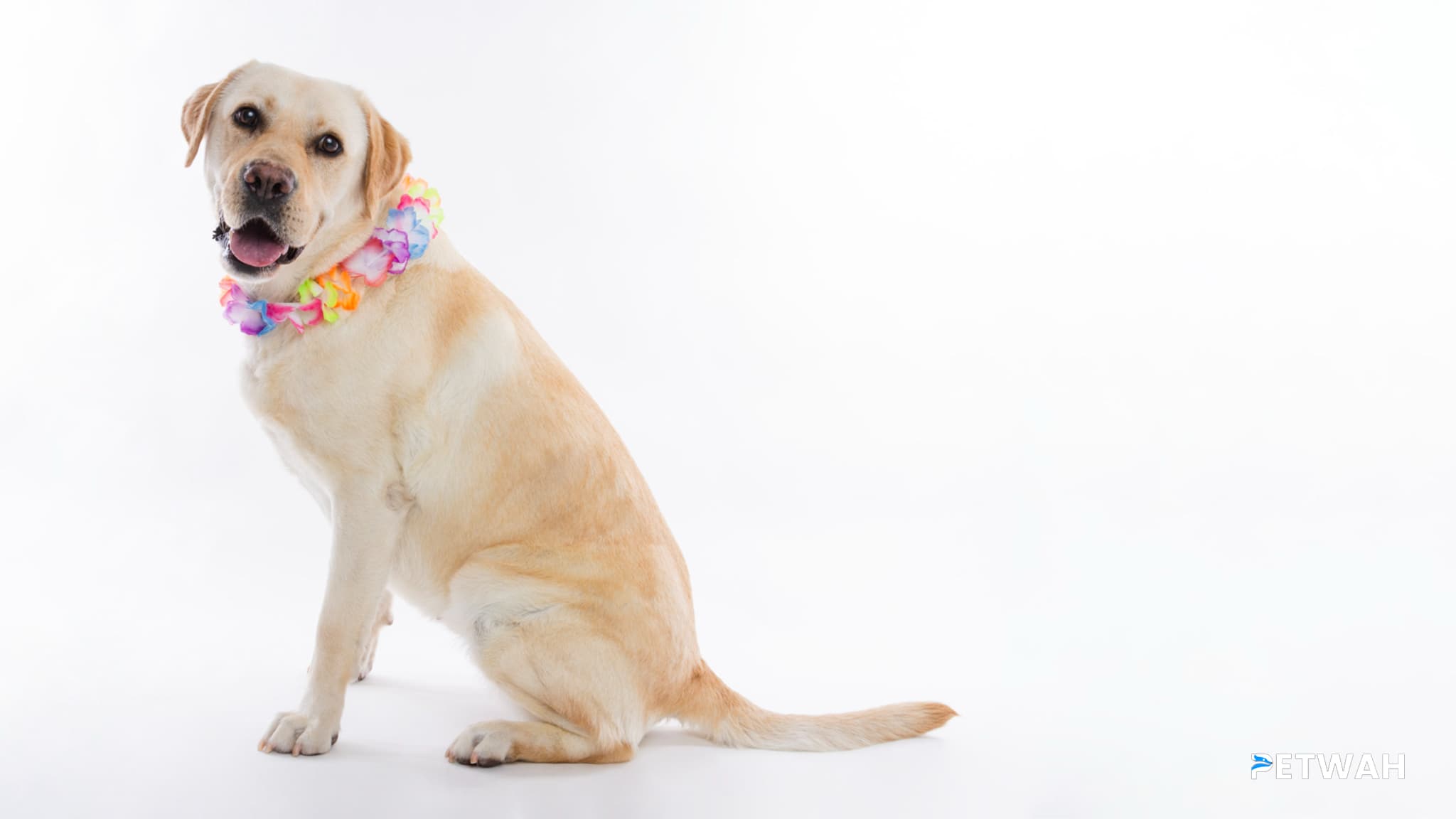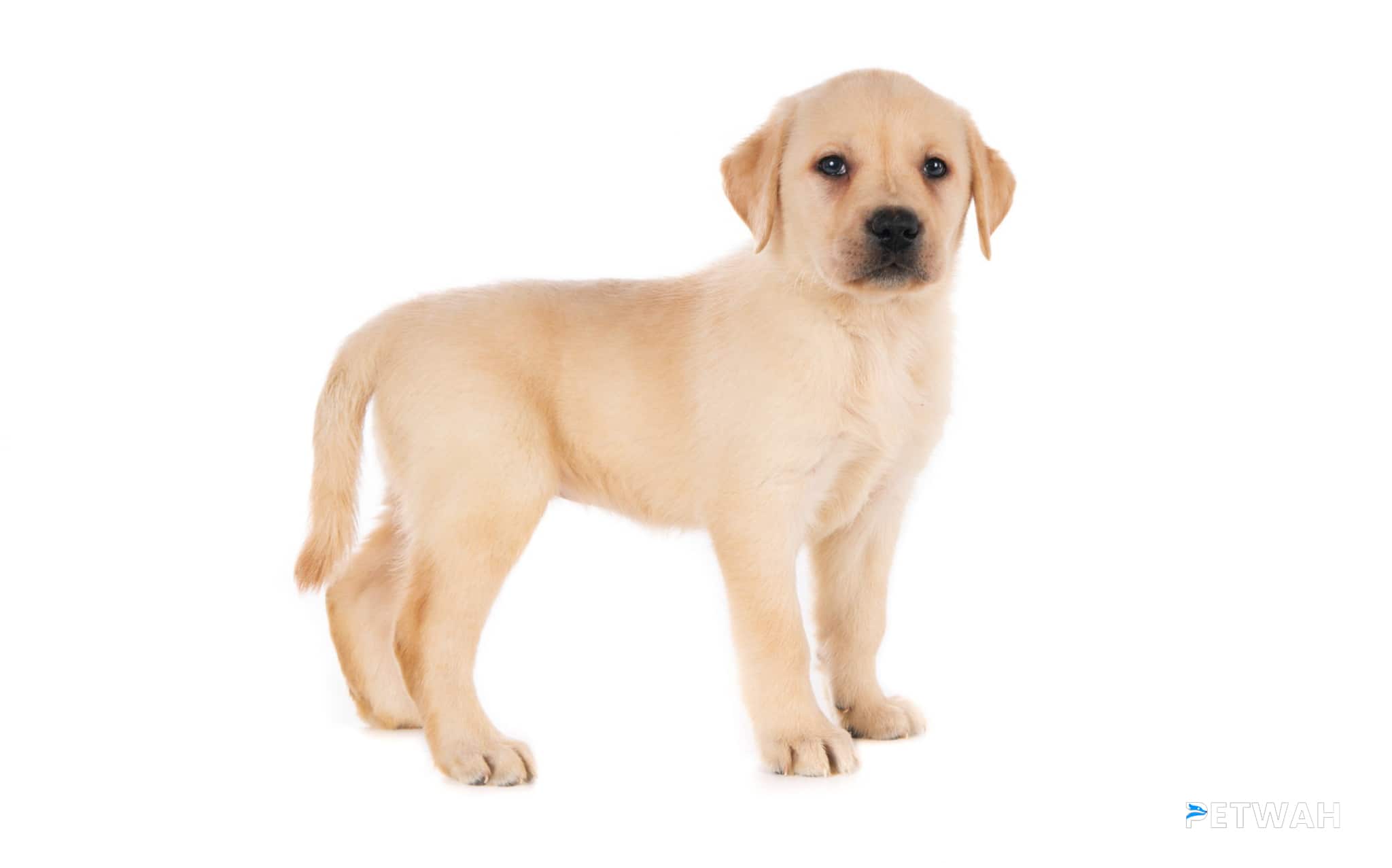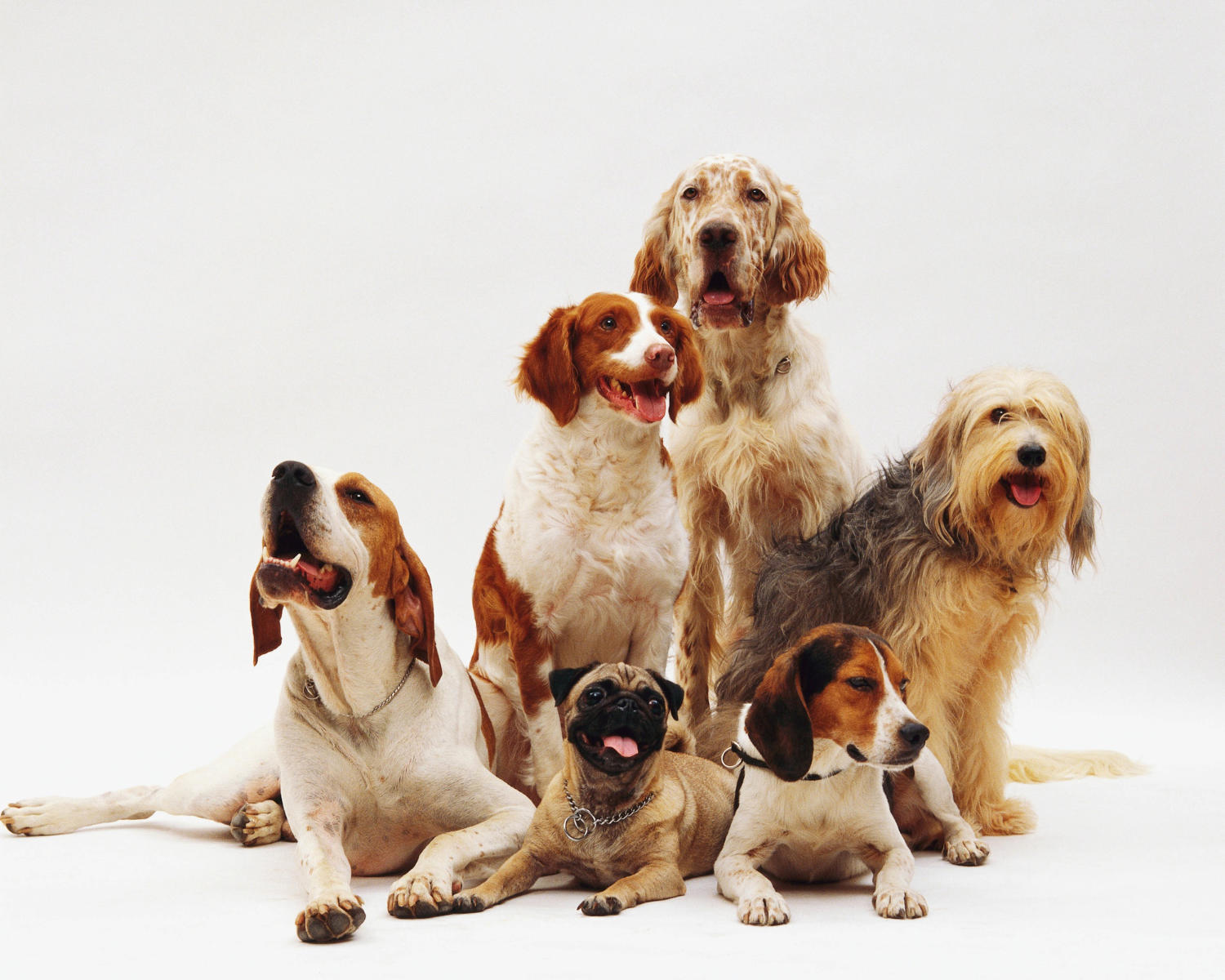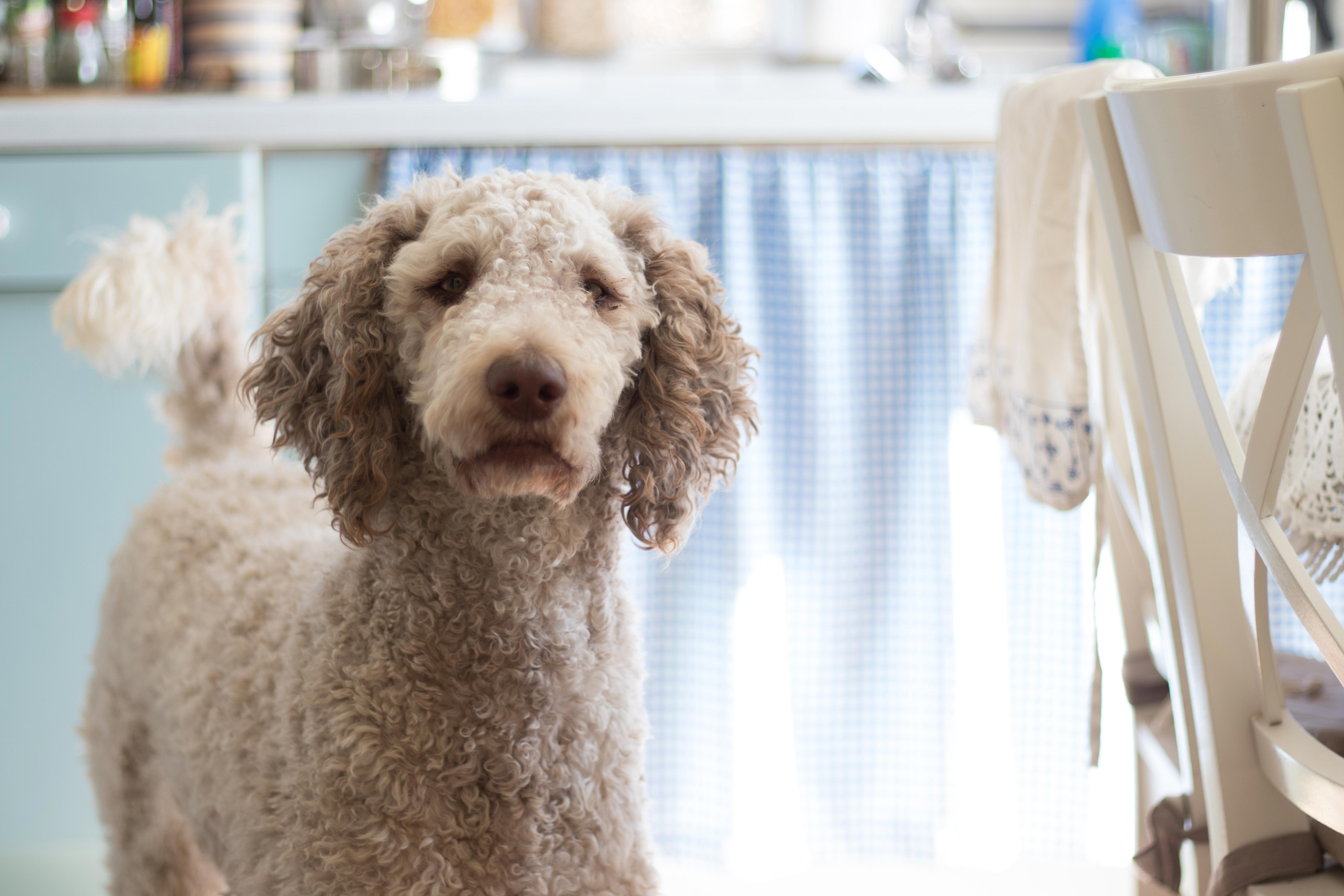Labrador Retrievers are known for their friendly and social nature, making them a popular choice as family pets. However, it is important to teach Labrador puppies how to interact safely with other animals to prevent any aggressive behavior or mishaps. In this blog post, we will discuss effective techniques and strategies to train a Labrador puppy to have positive interactions with other animals.
Establishing a foundation of obedience training:
– Before introducing your Labrador puppy to other animals, it is crucial to establish a foundation of basic obedience training. Teach them commands like sit, stay, come, and leave it. This will help you have better control over their behavior during interactions.
Slow and gradual introductions:
– When introducing your Labrador puppy to other animals, it is essential to go slow and gradually increase the level of exposure. Begin with controlled environments and controlled introductions, such as neutral territories, where neither animal feels threatened or territorial.

Proper socialization:
– Socialize your Labrador puppy from an early age by exposing them to different types of animals in a positive and controlled manner. This can include supervised playdates with other friendly dogs or supervised encounters with cats, rabbits, or other small animals. Positive socialization experiences will help your puppy develop appropriate interaction skills.
Positive reinforcement:
– Use positive reinforcement techniques to reward your Labrador puppy for calm and friendly behavior during interactions with other animals. Treats, praise, and playtime can be effective rewards to reinforce positive behavior. This positive association will further encourage your puppy to repeat the desired behavior.
Close supervision and redirection:
– It is important to closely supervise interactions between your Labrador puppy and other animals. If you notice any signs of aggression or discomfort from either animal, intervene immediately and redirect their behavior using a command they already know, such as “leave it” or “come.” This will help prevent any negative incidents and allow you to address the situation before it escalates.
Expert advice and professional training:
– If you are having difficulties teaching your Labrador puppy to interact safely with other animals, seek advice from a professional dog trainer or behaviorist. They can provide personalized guidance and training techniques to address specific challenges and ensure successful socialization.
According to the American Kennel Club (AKC), “Early socialization and proper training are vital to raising a well-behaved Labrador Retriever.” This underlines the importance of investing time and effort into teaching your Labrador puppy how to interact safely and positively with other animals. By following the techniques mentioned above and seeking professional guidance when needed, you can help your Labrador develop good social skills and become a well-rounded pet.
Frequently Asked Questions (FAQs):
1. When should I start socializing my Labrador puppy?
It is recommended to start socializing your Labrador puppy as early as possible, ideally between 3 to 14 weeks of age. Early socialization plays a crucial role in shaping their behavior and reducing the chances of developing fear or aggression towards other animals.
2. Can I socialize my Labrador puppy with other animals at a dog park?
While dog parks can provide opportunities for socialization, it is important to be cautious and selective when introducing your Labrador puppy to other animals in this environment. Dog parks can be overwhelming for young puppies, so it is advisable to start with controlled playdates or socialization classes before venturing to a dog park.
3. What signs should I look for to ensure a safe interaction between my Labrador puppy and other animals?
Some signs of a safe and positive interaction between your Labrador puppy and other animals include relaxed body language, loose and wagging tail, and gentle play or exploration behavior. Look for signs of mutual interest and enjoyment from both animals.
4. What should I do if my Labrador puppy shows signs of aggression towards other animals?
If your Labrador puppy shows signs of aggression towards other animals, it is important to seek guidance from a professional dog trainer or behaviorist immediately. Aggression issues should be addressed promptly and with the right techniques to prevent any harm or escalation.
5. Can I use muzzles or restraints to ensure safety during interactions between my Labrador puppy and other animals?
Using muzzles or restraints during interactions should be done with caution and only under the guidance of a professional. Muzzles can sometimes create additional stress or discomfort for dogs, so it is crucial to explore other training techniques first and resort to muzzles as a last resort.
In conclusion, teaching a Labrador puppy to interact safely with other animals requires patience, consistency, and positive reinforcement. By following the techniques mentioned in this article and seeking professional advice when needed, you can ensure that your Labrador grows up to be a well-behaved and socially adept pet. For more information on pet training and behavior, visit petwah.com, a comprehensive resource for all your pet-related needs.






%20-%20Copy.png)
%20-%20Copy.jpg)